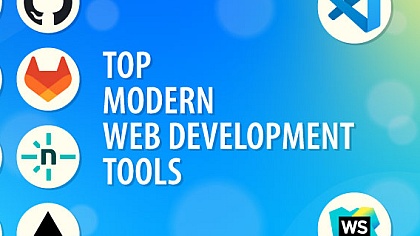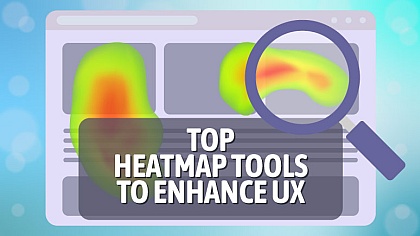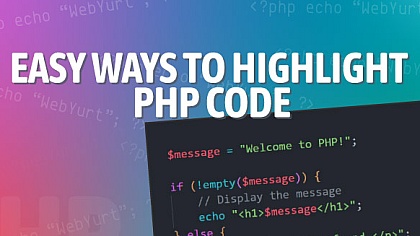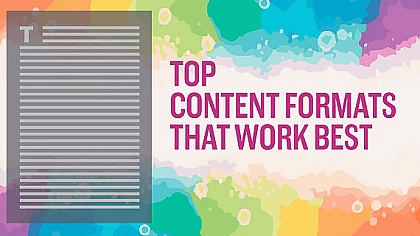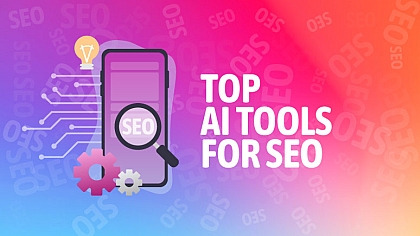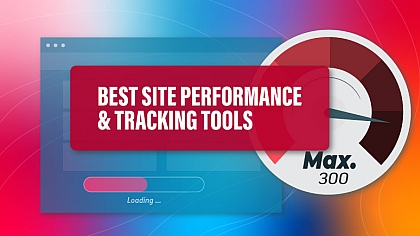
6 Things To Consider When Writing Ecommerce Category Content
If you have an e-commerce business, you need to invest some time and budget into scaling your organic visibility through search engine optimisation. SEO is a core component of any successful digital marketing strategy, and anyone neglecting its importance will be behind the competition. Whether you operate in Shopify, Square Space or some other ecommerce platform, you likely have the option to add category content to shop collection pages.
If you have not thought much into your SEO campaign, category content is a great place to start. Here, you can provide helpful content about the products listed, whether it be modest fashion or designer goods, and include keyword mentions about the products you are trying to promote.
If you need some insight into optimising your category content for SEO, take a look at the following suggestions:
Follow E-E-A-T
Even if you do not have much knowledge of SEO, it will be helpful to understand some of the guidelines for SEO presented by Google. For example, there have been several updates released by Google, offering insight into how Google crawls content and weighs up who should rank high on the search engine results page.
With this, the helpful content update outlining EEAT (experience, expertise, authority, trustworthiness) has proven to be essential when writing category content. Old SEO may have prioritised writing long, keyword-stuffed content that added little value to readers. Instead, include content that is helpful and follows all of the points listed in EEAT. For example, if you are a modest fashion brand selling abayas, focus your content around something useful for the reader, the abaya styles available, how to style them etc.
Include internal links
Internal links are another important factor to include when writing category content. Not only do they add value to the content, but they also improve crawling across the website. Say for example Google's crawlers favour one collection page over others (indexes it more regularly), adding internal links suggests that Google's crawlers visit the rest of the website often, creating a pathway for better chances of even crawling across your e-commerce website.
Don't take up space
Your e-commerce website must be optimised for both mobile and desktop viewing for optimal results. When writing category content, be sure not to write too much, to the point where the content takes up the page on mobile view. Instead, if you wish to add extra content, add a ‘read more’ button. This will require some coding and you need to make sure it fits with your website's theme.

Add keyword mentions
The most important thing to consider is keyword mentions. Keywords are how qualified users will find your website, and also how Google can identify the purpose of a specific collection page. Do not make the mistake of adding too many keyword mentions and ‘stuffing’ unnecessary content onto the page. Instead add relevant mentions in the H1, H2 and of course the snippet of content.
Keep it consistent
Don't be lazy when optimising your e-commerce website. Be sure that each collection page has its category content that adds value to what you are presenting. For example, if you have priority pages, perhaps get these pages optimised first, but do not forget about your ‘lower’ priority ones. Trends constantly change and a collection you have forgotten about has the potential to drive large volumes of organic visitors with the right optimisations.
Track keyword progression
Last but certainly not least, be sure to track keyword progress. There are several third-party tools available to do this. Seeing how Google decides where your website ranks on the SERP can give you a better idea of what changes might be needed. For example, if one page has been recently optimised and ranks much better than another, you can determine that the strategy used for that collection is effective and should be applied across the website.





